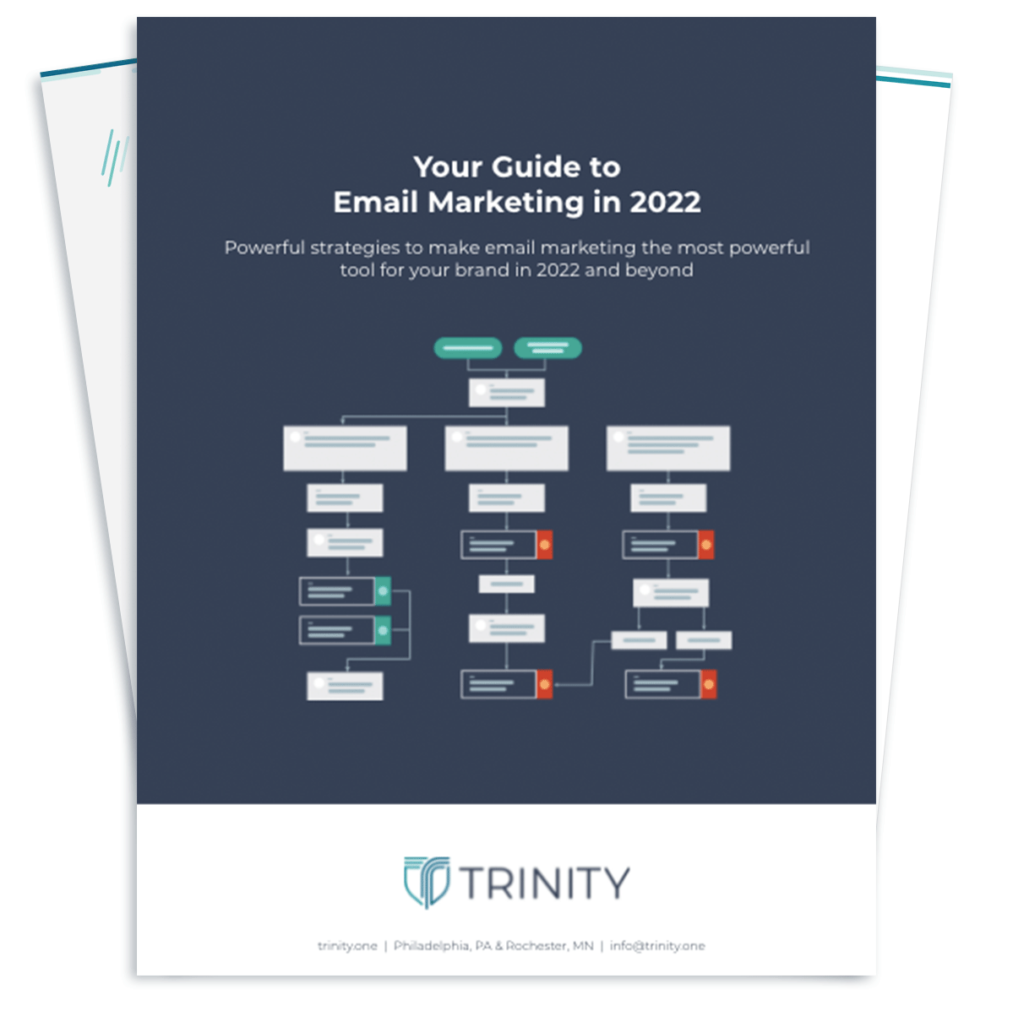In the eCommerce world, you’re nothing without your data feed. The slightest inconsistency can affect your Amazon listings and cause Google to pause your ads. Even outside of your marketing and sales efforts, a poorly-managed feed can confuse your staff, and leave buyers and suppliers wondering what inventory you have and what needs to go. Let’s review how you use your data feed for marketing and sales purposes along with some best practices for eCommerce data feeds so you can generate more sales and better information about your business.
Where Do You Use Your Data Feed?
Each business uses its eCommerce data feed differently, but there a few common threads that most companies have to prove where data feeds provide value. You might not see product feeds directly as you shop across the web, but they are the glue that keeps services like Google Shopping and Amazon in business. A few common places you can send your data feed include:
- Ad platforms like Google Shopping, Bing Ads, or Facebook promotions.
- Marketplaces like Amazon, Walmart, and eBay, which then list your items or update the inventory you have left.
- Ecommerce tools that track your analytics, customer website behavior, and shopping cart abandonment.
When you consider all of the places your feed is sent, you start to understand the importance of keeping it updated and accurate.
Without an updated feed, your ad platforms and marketplaces don’t know what items still have inventory and what their prices should be. More often than not, companies that host your products will freeze your listings until your feed is repaired instead of risking negative customer experiences if people try to buy your products but they’re actually sold out.
What Does Your Data Feed Include?
There are a few standard requirements for most eCommerce data feeds that you can follow as you build yours out. Most of the feed requirements look for basic product information for sorting and listing. Your likely already have most of this information at your fingertips in your inventory management strategy, and simply need to organize it into an .XML or .TXT format. There are even tools you can use that easily pull a feed together and send it, or you can create one yourself manually.
A great place to start when developing your data feed is Google. Dozens of eCommerce tools and other websites will accept your Google feed as a standard feed to use. Plus, even if you have to create a unique feed for a service, you typically only need to add an extra column or two to meet the requirements.
If you were to develop a Google feed as your base option to help you promote your products on Google Shopping, your data would have to include:
- ID: typically Global Trade Item Numbers (GTINs) and Manufacturer Part Numbers (MPNs) that differentiate one item from the next.
- Title: The common name of the item that you are selling.
- Description: Your product description of the item.
- Link: A link to the product on your website.
- Image: Link: a link to the image on your website.
- Condition: Whether the product is new, gently used, or used.
- Availability: If the item is available and how many you have in stock.
- Brand name and price
- Google Product Category: The location where the item should be sold. Here is a list of Google’s full product taxonomy.
You can find the full list of Google Requirements, along with specifics on what you need to assemble, through this link. There are two reasons why you need all of this information for every product. The first is product comparison. Google makes note of which brands offer various products at the best prices, as does Amazon and other marketplaces. If you are selling the item below average market value, then they are likely to list it.
The second reason applies to private products. If you create a product that no one else sells, then advertising platforms and marketplaces need descriptions and photos to show what those products are. Otherwise, customers are unlikely to buy them.
Your eCommerce feeds need to be updated daily to account for inventory and price changes. If you have a sale and suddenly become more competitive, you want your products listed under the best prices possible to generate the most sales.
What Additional Customizations Can You Add to Your Feed?
The recommendations from Google are just the beginning of items that you need to include in your product feed. The sections you create will vary depending on your industry, data feed goals, and channels you send it to. Some companies start with the standard Google feed and then add a half-dozen sections or more. These extra sections are meant to provide more data to drive sales and to meet the needs of other eCommerce platforms across the web. A few of the criteria include:
- Mobile photos and landing page links for customers searching on their smartphone devices.
- Expiration dates for seasonal items when they should no longer be listed (like holiday or promotional items).
- Payment plan installments if customers can pay lower amounts over longer periods of time.
- Loyalty points that your customers stand to earn from buying the products.
- Bundling or multipack items that are sold as part of a set.
- Energy efficiency ratings and other industry scores that help customers during the shopping experience.
It’s likely that some of these are completely irrelevant to your business, while others are essential to keep your company operating and improve communications with customers outside of your website.
How Can You Improve Your Ecommerce Data Feeds?
Once you have mastered the art of feed creation and management, you can move into more advanced steps in eCommerce data feed optimization. Not all of these suggestions are right for every company, but you may find that a few small steps can boost your sales numbers and improve the workloads on your internal teams.
Optimize Your Product Names
If you want your items listed on marketplaces like Amazon or Google’s Product Listing Ads, then you need to think like those shoppers. Optimize your names to think like Google does and increase the chances that you show up in results. Prioritize information like the brand, item attributes, and even product ID. You want to product names to be readable, but also want to hit target keywords related to their features.
Standardize Your Colors
While you might change your color names to reflect your brand (like “surf the wave” or “sunset cruise”) customers outside of your website likely don’t know what those colors mean. Instead, standardize your colors, at least for your product feed. The names blue and orange might not be as exciting, but you’re more likely to show up in product search results.
Create Professional Product Photos That Stand Out
If this is your first time selling your products on ad platforms and marketplaces, then you could be in for a rude awakening if your photos can’t stack up against the competition. Notice how your photos look against your competitors. If you don’t like what you see or want to create images that truly stand out, then you might need to increase your photography budget.
Keep Your Prices Competitive
Andreas Reiffen at Search Engine Land showed how Google favors items with competitive pricing. If your items cost consistently more than your competitors, even if shipping is the main factor that drives the cost up, then you could see a drop in your overall listing effectiveness.
In one study, a price increase from below the average market value to slightly above resulted in a 70% drop in impressions and an almost 80% drop in clicks.
Image via Search Engine Land
That being said, services like Google and Amazon will likely freeze your listings if they find your prices are cheaper on your website or on other platforms — or even different from the two. Make sure the prices you adjust are standardized across your site and eCommerce data feeds to prevent confusion.
Dedicate The Proper Resources to Feed Management
When your eCommerce data feeds break, your listings are pulled and your sales tank. You don’t have time to wait for someone’s schedule to free up. Consider contracting or hiring someone who is dedicating to improving your feed and putting out fires when they crop up.
Soon your team will consist of feed management professionals who can fix issues and customize columns without thinking twice.
Optimize Your Digital Marketing Strategy
After you follow these eCommerce data feeds best practices, make sure you’re following digital marketing best practices as well. Check your resources to see if you have the staff to successfully manage your digital campaigns or to see if you’re happy with your current campaign managers.
If not, we’re here to help. Let the team at Trinity Insight offer you our experienced perspectives on advanced eCommerce digital marketing strategies. When you work with us, you are assigned a dedicated group of people who focus on your listings, your ads, and your customers.
Get started today and take the steps you need to grow your eCommerce sales with the best feed and the best digital marketing team possible.





